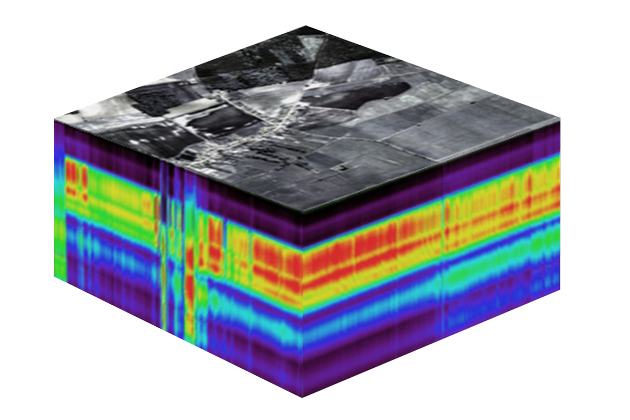This unit introduces the physical background related to imaging spectroscopy. The basic laws of electromagnetic radiation are addressed. Based on that, processes of radiation transfer as well as radiation – atmosphere – target interaction are characterized. Lastly, several example spectra of various surface materials are presented and interpreted.
This unit was originally published in September 2019. The revised version is accessible since February 2023. Additional information on this topic can be found in HYPERedu’s Basic MOOC “Beyond the Visible – Introduction to Hyperspectral Remote Sensing”, Lesson 3.
How to cite this slide collection: A. Brosinsky, T. Kuester, S. Foerster, H. Kaufmann, K. Segl, L. Guanter (2019). Principles of imaging spectroscopy – Electromagnetic radiation and its interactions with earth surface materials. HYPERedu, EnMAP education initiative, German Centre for Geosciences GFZ; originally published October 2019, 2nd revision February 2023.
Please help us to further improve the hyperspectral resources and send us your feedback to hyperedu@eo-college.org



a big thank you for providing such a great material
Great material
It’s a great material, thank you.
Significant collections of materials. Thanks
It’s a great material, thank you.
this is what I was looking for
Very interesting concepts
Super interesting material and concepts that could be used even in Process Industry, Many Thanks
It is very interesting reading materials. I have gotten tremendous things from the training. So, keep it up